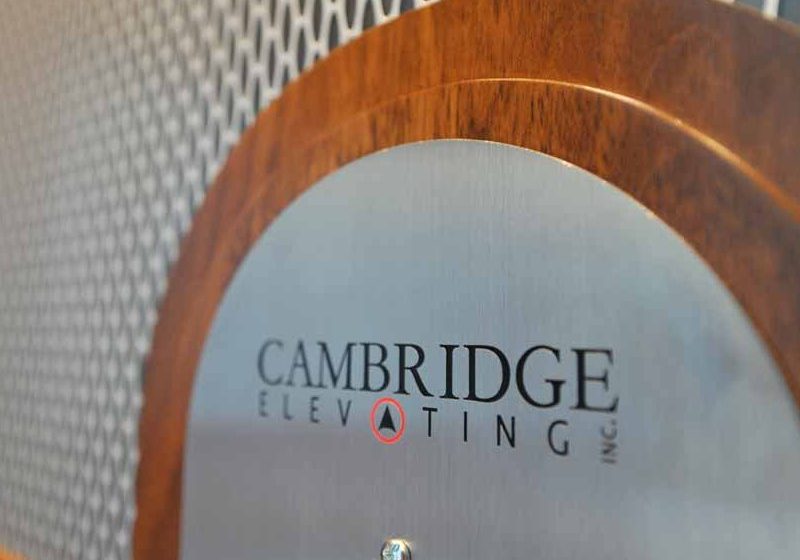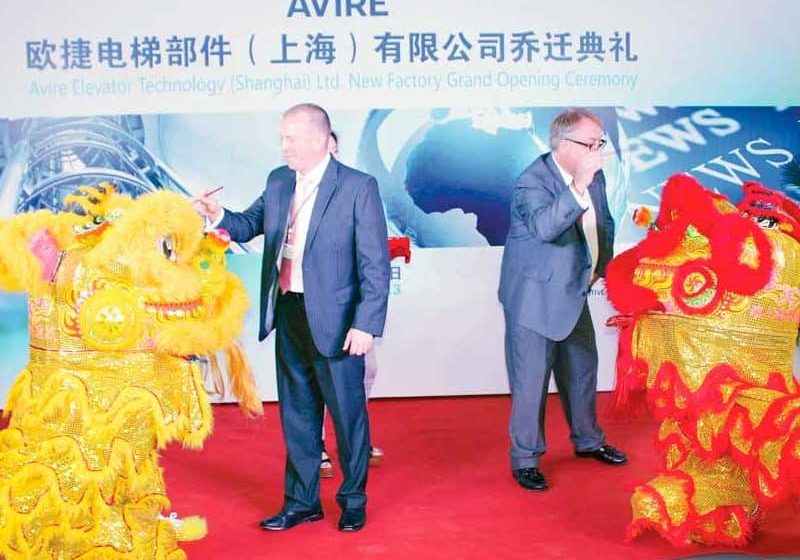Although escalators represent only about 3% of the total equipment installed by our industry, they are the most prominent features in the buildings and facilities in which they are installed. And, in shopping centers, department stores, airports and public-transit systems, they are essential.
From their crude beginnings as freight conveyors Otis called “inclined elevators” during the early part of the 20th century, escalators have evolved into elegant architectural features of a complex design in many buildings and structures throughout the world. It is, therefore, very appropriate for us to have included a special focus on these ubiquitous industry products in this month’s issue of ELEVATOR WORLD.
The escalator and moving walk pictorial we compiled from this year’s photo contest submissions clearly shows how they have evolved from their early days as freight-handling equipment to the safe, efficient and convenient people movers of today. By contrast to the crude designs of the early “inclined elevators” only used in factories and warehouses, and on freight docks shown in the Otis brochure posted in this month’s Online Extras, the units depicted in this article soar through, in and around some of the world’s most dramatic public spaces, where they safely transport millions of people daily.
Continuing the Focus on Escalators, Moving Walks and Components is an article by Mike Thompson of Lerch Bates Inc. in which he provides a brief history of the development of escalators and describes how they are to be inspected and why this must be done on a regular basis. This important approach to ensuring the safety of the riding public is a hallmark of our industry and has led to escalator proliferation throughout the world.
Dr. Ali Albadri of the U.K. has provided an informative article on the various parts of an escalator with an emphasis on the materials of which their components are manufactured. Albadri states that unlike other means of transportation, most of the escalator parts go unseen. Therefore, their composition and purpose isn’t known even to those who use them on a daily basis. This makes his article a good piece for industry members to share with their family, friends and — most importantly — customers!
The article by Xueming Chen and his colleagues describes a new method for testing escalator and moving-walk handrail speed-monitoring devices. The method presented in this article has been developed to enable inspectors to ensure steps and handrails are properly synchronized and inspected accurately.
Although spiral escalators are certainly not new, the issues covered by H.Y. Tian and Li Yuxiang in their “Vision 21” article describe 21st-century design approaches to overcome spiral escalator limitations.
Gianni Cotteta of ADRailUSA presents another aspect of escalator usage that has previously been approached with concern and caution in North America, in spite of the fact that it has been used extensively throughout much of the rest of the world. The posting of advertisements within what is known in North America as the “safety zone” of an escalator offers the potential to generate revenue for equipment owners, as well as escalator maintenance companies. In his article, Cotteta describes how the product provided by his company allows this to be accomplished safely, and, why it is likely to soon be accepted throughout the U.S. and Canada.
Monica Stoer’s article presents various installation methods and the necessary planning and communication with the general contractor that will ensure successful escalator projects.
As stated in the Vertical Transportation Handbook, “There is no better way to guide people in a given path than providing an escalator.” We trust this month’s issue of EW will also provide you with additional guidance for the planning of your next escalator project.
Get more of Elevator World. Sign up for our free e-newsletter.








